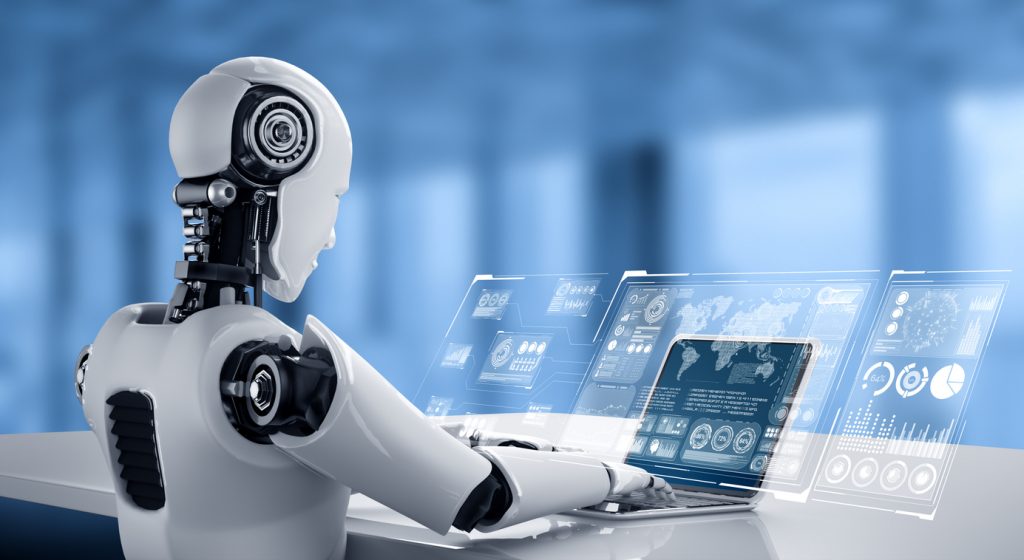Artificial Intelligence (AI) is powered by various algorithms that enable machines to perform tasks, make decisions, and learn from data. These algorithms form the core of AI systems, each tailored to solve specific types of problems. Here’s a quick overview of some key AI algorithms:
1. Linear Regression
Used for predicting continuous values, linear regression establishes a relationship between input variables (independent) and output variables (dependent). It fits a line through the data points, minimizing the distance between predicted and actual values.
Use Case: Predicting house prices based on features like size, location, and age.
2. Decision Trees
This algorithm splits data into branches based on feature values, creating a tree-like structure. It makes predictions by traversing the tree from the root to a leaf node.
Use Case: Loan approval systems, where the algorithm decides whether to approve or deny loans based on customer data.
3. K-Nearest Neighbors (KNN)
KNN classifies data based on the majority label of the "k" nearest neighbors. It’s a simple algorithm that works well for classification and regression.
Use Case: Recommending products or classifying customer preferences.
4. Support Vector Machines (SVM)
SVM is used for classification tasks. It works by finding a hyperplane that best separates data points of different classes with maximum margin.
Use Case: Image classification and text categorization.
5. Neural Networks
Inspired by the human brain, neural networks consist of layers of neurons that process data. Deep Learning models are built using neural networks, allowing machines to learn from unstructured data.
Use Case: Image recognition, speech processing, and autonomous driving.
6. Random Forest
Random Forest combines multiple decision trees to improve accuracy. It aggregates the results of several trees to make more reliable predictions.
Use Case: Fraud detection, stock market predictions.
7. Genetic Algorithms
These algorithms are based on the process of natural selection. They evolve solutions to optimization problems by mimicking genetic processes like mutation and crossover.
Use Case: Optimizing supply chain processes, scheduling tasks.
8. Reinforcement Learning
This algorithm is based on learning from interaction with the environment. An agent takes actions, learns from rewards or punishments, and improves over time.
Use Case: Game AI (like AlphaGo), robotics, and autonomous systems.
Each of these AI algorithms plays a critical role in the development of intelligent systems, enabling machines to perform tasks ranging from simple predictions to complex decision-making. Understanding their strengths and limitations helps in selecting the right algorithm for specific problems.









No comments: